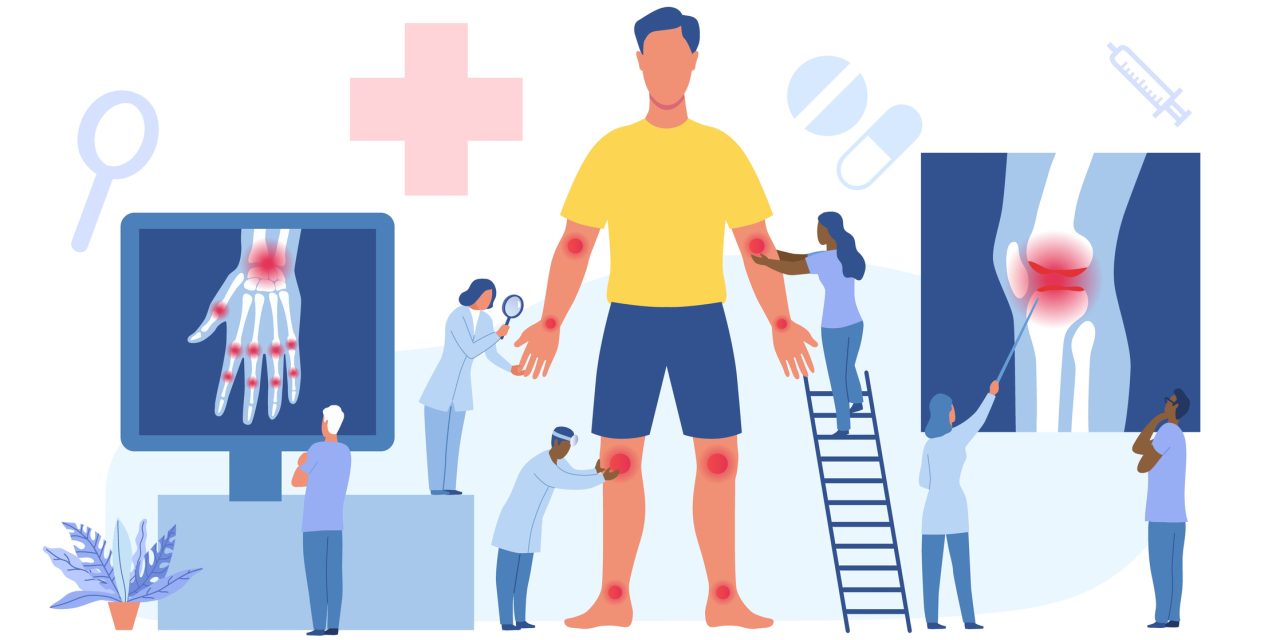For a study, researchers sought to determine the frequency of usage, search intent (SI), level of accessibility, and degree of dependability of sources of information (SOIs) in rheumatology. A survey was done among adult outpatients with rheumatoid arthritis, systemic lupus erythematosus, systemic sclerosis, and spondyloarthritis. They were asked if they had obtained information from 12 different SOIs in the previous year. The source they wanted to consult was defined as search intent. On a scale of 0 to 10, accessibility and dependability were evaluated (minimum and maximum, respectively).
A total of 422 patients were polled. They had consulted a median of 3 SOIs (interquartile range, 2–6) but described a greater SI: median of 5 SOIs (interquartile range, 3–8); P = 0.001. The physician (83%), other patients (45%), and Facebook were the most frequently contacted SOIs (36%). The most significant differences between SI and actual searches were reported in community lectures by health care professionals (49%), scientific societies (48%), and patient associations (27%); P<0.001. These 3 sources were all difficult to obtain. The least trustworthy outlets were Facebook, newspaper, radio, and YouTube. Patients visited a median of three SOIs, although their SI was much greater. Patients want more information, but they want it from SOIs that are difficult to reach yet have a high level of dependability.
Source:journals.lww.com/jclinrheum/Abstract/2022/01000/Assessment_of_the_Sources_of_Information_by.4.aspx


